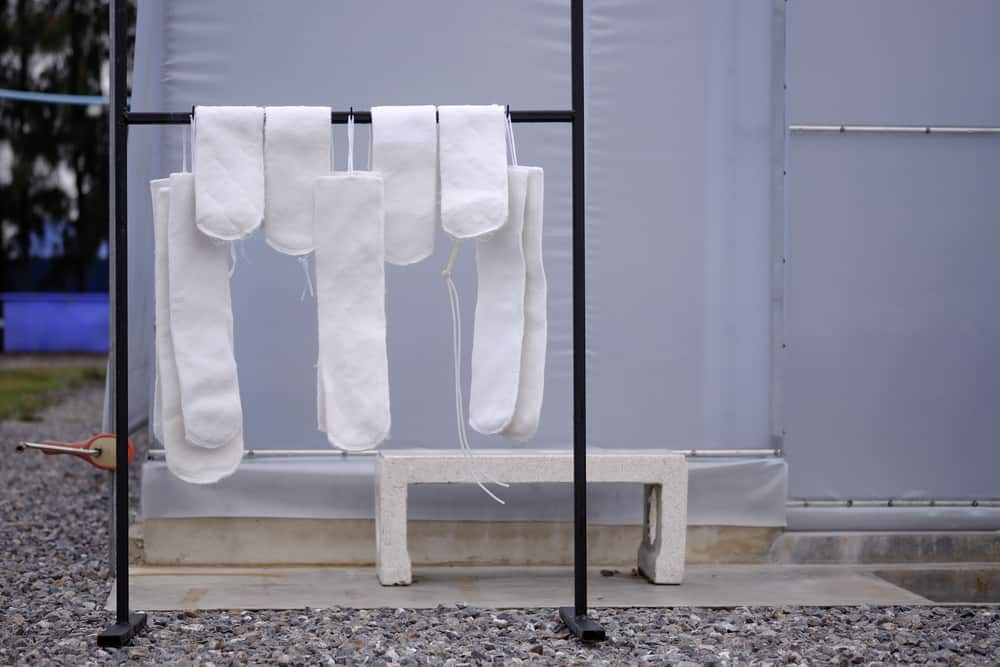
Filter socks are one of the best options for keeping the aquarium water clean and the fish happy and healthy.
Despite all the benefits they bring to the table, keeping them clean all the time could become a hassle.
Plus, if you don’t clean them correctly, they won’t do their job well, and you’ll be left wondering about the source of the problems in your tank.
This article will help you understand everything you need to know about filter socks and introduce the three best cleaning methods.
How to Clean Filter Socks
To clean your filter socks, you have three options.
First, you can wash them in a washing machine with or without some bleach.
Second, you can rinse them in a bucket of water mixed with bleach until they’re clean.
Third, you can flush the dirt out using a pressure washer or a high-pressure garden hose.
What Are Filter Socks and Why Should You Use Them?
Filter socks are a relatively basic form of mechanical filtration for all kinds of aquariums.
They’re white pouches or pocket-like containers with a plastic ring around the top.
You can install them at the entry of the sump’s downflow pump, inside a filter sock holder to filter water before it goes through the sump and the main filtration.
If you don’t have a filter sock holder, use drawing style filter socks.
Just tie them up to the end of a pipe or tube.
Filter socks catch the bigger particles in the water, such as large debris, fish waste, leftover food, hair algae, and unwanted invertebrates or snails.
In other words, they trap unwanted floating particles before bacteria get a chance to break them down and turn them into dissolved organic waste, lowering the water quality and messing up the water parameters.
These filters also reduce the load on your pumps, thereby extending their lifespan.
Standard filter socks are four to seven inches long.
You can use them in saltwater, freshwater, and reef tanks.
Types of Filter Socks
There are two main types of filter socks concerning material: nylon mesh filters and fine felt filters.
Fine felt filter socks can remove more unwanted particles from the water.
However, they clog faster and will require you to change them more often.
Mesh filters are less expensive and won’t need as much maintenance, but they won’t catch as much residue.
Another thing to consider when purchasing a filter sock is the micron size.
Micron is short for micrometers, which is the unit for measuring the socks’ pore size.
There are many different sizes available on the market, ranging from 100 to 600 microns.
The lower the micron size, the smaller the sock’s pores, and the more it’ll clean the water.
As a downside, socks with finer pores will clog faster.
A 200-micron filter sock is the most common and efficient for keeping the water crystal clear.
When Should You Change the Filter Socks?
Each aquarium has its own unique features depending on its inhabitants and how the owners maintain it.
The amount of waste and the time it takes for the filter to fill up varies from one tank to another.
You need to watch the level of water in the filter sock.
When the filter traps enough waste and the pores are clogged, the water level rises.
This could be every three days to a week.
You should also watch the filter sock’s color.
The darker it gets, the dirtier it is.
Remember, if the waste sits inside the filter for long, it’ll have extra time to decompose and dissolve in the water, finding its way back to the main tank.
It’ll turn into toxic chemicals like ammonia, nitrates, and phosphates inside the filter sock, wrecking the water quality and putting the life of your fish and corals at risk.
The resulting chemicals will feed the harmful algae and fuel their growth.
A clogged filter sock will reduce water flow and decrease the overall efficiency of the water cycle.
In the worst-case scenario, an unclean filter sock can cause an overflow in your sump.
In simple words, it’s better not to have a filter sock than to have one and not clean it regularly.
The most efficient way of dealing with filter socks is to have a couple of extras on hand so that you can easily replace the dirty socks with fresh ones.
Then, after collecting several used filter socks, you can wash them together in a single session and have a clean batch for the next week or two.
How to Clean Filter Socks
Before starting the cleaning process, empty the socks into a bucket to make sure there are no hitchhikers inside.
Sometimes, small fish, snails, crabs, shrimps, sea cucumbers, and bristle worms get trapped inside the filter sock and stay alive in there.
Transfer them back to the tank if you find any.
Using the right cleaning method will improve the tank’s water quality, extend the filters’ durability, and save you money in the long run.
Let’s go through three methods step by step:
First Method: Washing Machine
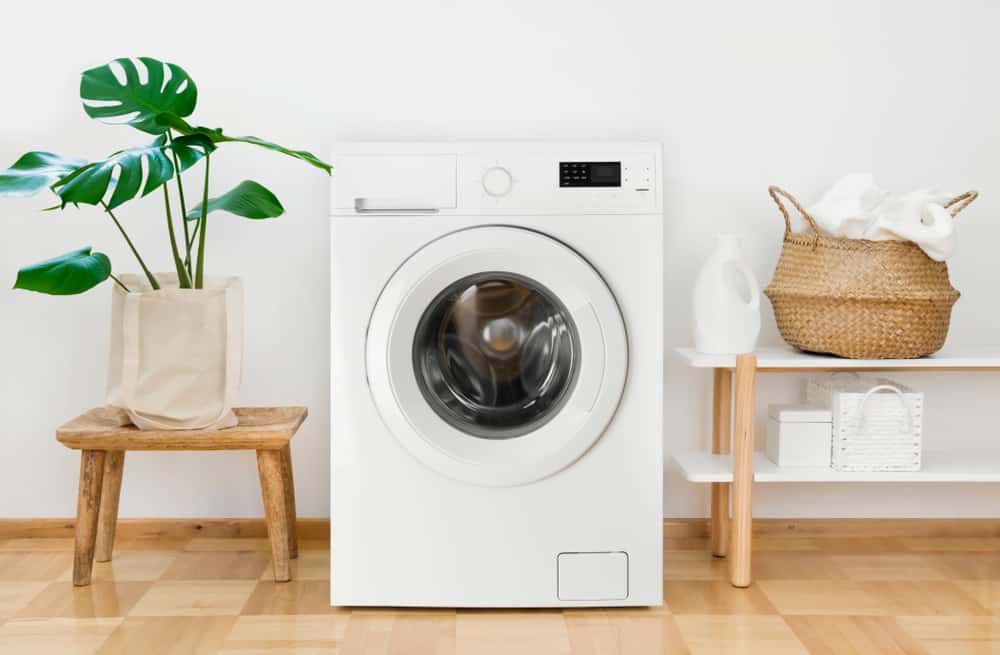
A washing machine is, without a doubt, the easiest and most efficient method of all.
Step 1: Remove the filter socks from the aquarium and turn them inside out.
Step 2: If you own an old washing machine, run it once empty to ensure no chemicals and soap residue are left from the previous washes. This won’t be an issue if you have a new model.
Step 3: Toss the dirty filter socks in the washing machine on their own.
Step 4: You can either run the washing machine with water or use some bleach.
Water can clean the socks just fine, but surely bleach will clean the dirt even further.
The bleach should be dye-free and fragrance-free without any additives.
Two or three capfuls will work fine.
Note: Do not use any kind of soap, detergent, or fabric softener for this process, as the chemicals can cause a catastrophic chain of deaths in your aquarium.
Step 5: Set the load size on small and the wash cycle on “delicate” or “extra light.”
The temperature should be on a hot wash with a cold rinse.
Step 6: Remove the socks from the machine once it’s finished working. They should be looking fresh and clean.
Second Method: Bucket and Bleach
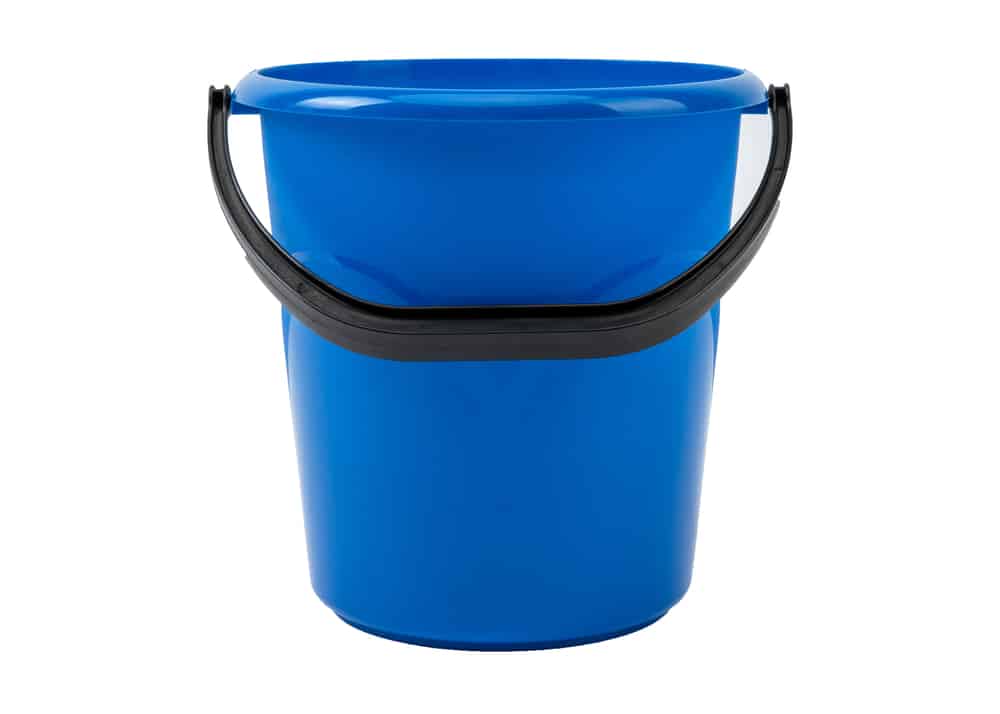
This method can be a great option if you don’t own a washing machine:
Step 1: Remove the filter socks from the tank, turn them inside out, and rinse them under running water.
Step 2: Fill a bucket with water and mix with a couple of capfuls of bleach.
Step 3: Put the dirty socks in the bleach solution and let them soak for a couple of hours. If they’re not clean afterward, let them stay until they’re white—you can even leave them overnight.
Step 4: Rinse the socks under running water to get rid of the left debris.
Third Method: High-Pressure Hose
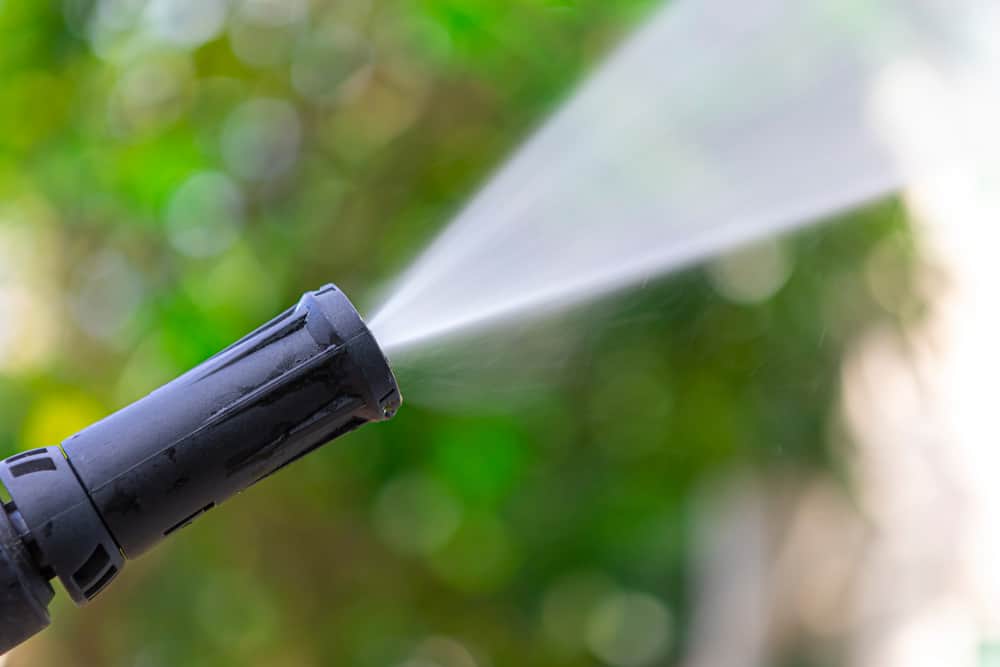
Step 1: Turn the filter socks inside out and line them up on the ground.
Step 2: Use a high-pressure water hose or a power washer to flush the socks until the debris is gone and they look white again.
Step 3: Turn them over and repeat the process to get both sides.
How to Dry the Filter Sock
Never put a wet filter sock inside the tank, especially if you used bleach in the cleaning process.
Let the bleach and the chlorine completely evaporate off the socks.
You have two options for drying them: let them air dry or use a dryer.
A dryer will reduce the socks’ lifespan, but be sure to put it on low heat if you want to use it.
Letting the socks air dry for one or two days is a safer option.
Smell the filter socks once they’re dry.
You shouldn’t be able to smell the bleach.
You’ll need to rewash the sock with hot water again if there’s any odor left.
If you’re in a hurry, you can put the socks in a mix of water and chlorine remover, such as a water conditioner.
When Should You Throw Away Filter Socks?

A high-quality filter sock should go through many washing and cleaning sessions.
Eventually, however, the socks will show some signs of wear and tear.
If you notice the stitches are coming loose, the glue joint has separated, or the sock has developed a hole, it’s time to throw the sock away since it’ll no longer serve its purpose.
Sometimes, the sock’s manufacturers leave a long piece of thread at one of the ends.
Don’t cut it off to extend the life of the filter sock.
How to Save Money with Filters Socks

- Wash and Reuse: Of course, the most convenient approach is to throw away the used filter socks once they’re dirty and buy new ones. However, it’s not that economical! Washing and reusing the socks until they give out can save you a lot of money. As mentioned, you can collect a couple of them and run them through the washer only once every week or two to save on electricity costs as well.
- Buy in Bulk: Much like many other products, buying filter socks in packs will cost you much less than paying for them individually.
- DIY Filter Socks: If you own a sewing machine or know how to sew by hand, making filter socks shouldn’t be hard at all! You’ll just need some felt material and plastic rings. Do a good job sewing them, and they can last even longer than those on the market.
Tips on Using Filter Socks

- It’s a good idea to rinse the new filter socks before using them to get rid of any manufacturing residue. These can create several bubbles inside an aquarium and cause the protein skimmers to overflow. You can also use any of the methods in this article to clean the new filter socks.
- Although very unlikely, filter socks may leave a fishy smell behind inside the washing machine. Even if that happens, the scent won’t get on the clothes you wash next because of the detergents you use. However, if you’re worried, you can run the machine empty with some bleach or soap before putting in the next batch.
- Sometimes, filter socks will turn brown no matter how much you wash them. That’s okay, and you shouldn’t throw them away unless they tear. If you feel like replacing the filter socks is too much work for you, replace them with media cups. You can place some filter wool inside them and change the used wool with new pieces whenever necessary.
![4 Pack - 4 Inch Ring Filter Socks 200 Micron - Aquarium Felt Filter Bags -4 Inch Ring By 9.5 Inch Long [Short Version] - Fits Eshopps and Aqueon 4 Pack - 4 Inch Ring Filter Socks 200 Micron - Aquarium Felt Filter Bags -4 Inch Ring By 9.5 Inch Long [Short Version] - Fits Eshopps and Aqueon](https://m.media-amazon.com/images/I/31VmiTxo1TL.jpg)





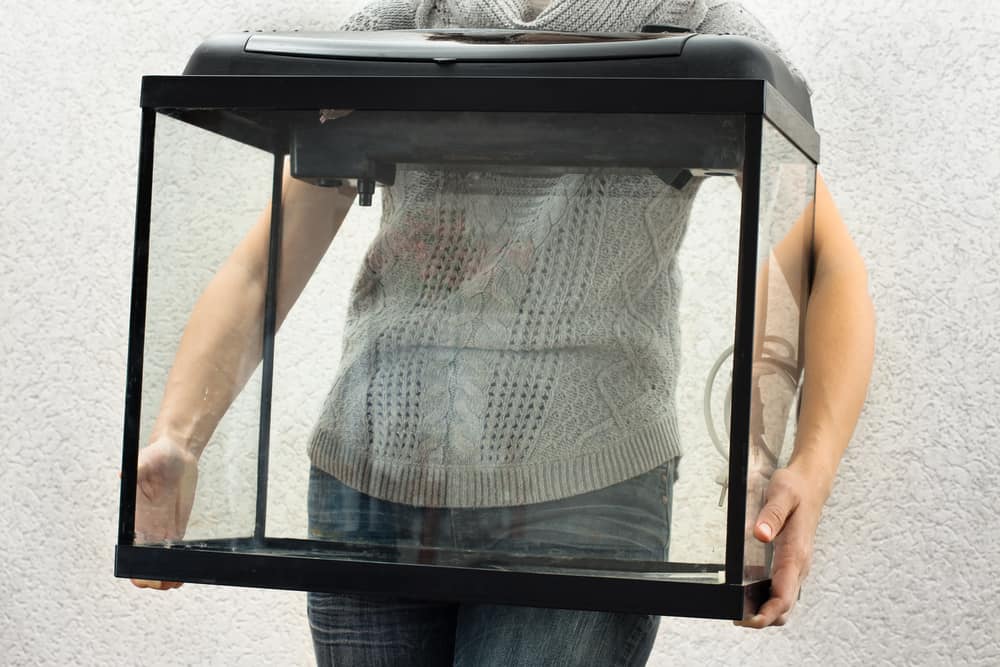
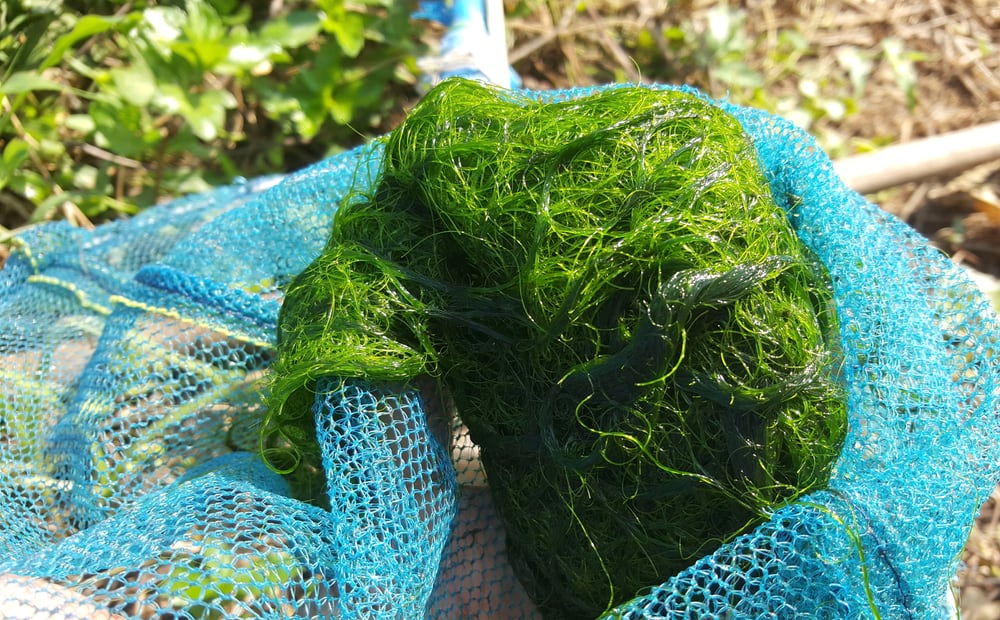

Leave a Reply
You must be logged in to post a comment.